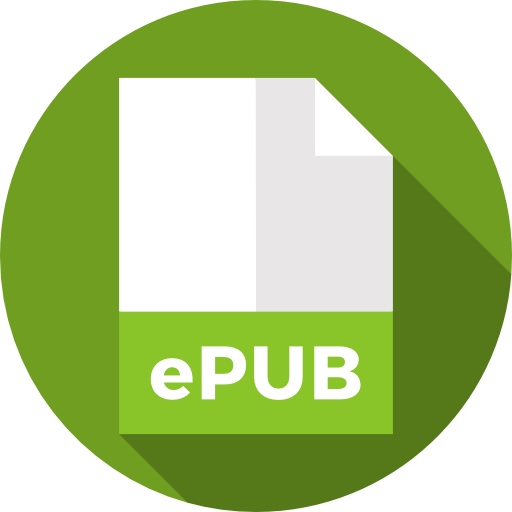
An International Publisher for Academic and Scientific Journals
Author Login
Scholars Journal of Engineering and Technology | Volume-5 | Issue-06
Corrosion Mechanisms Caused on a Submerged Nozzle Applied in Steel Billet Production by Mold Fluxes with and without Fluorine
M.V. Peirani, E. Brandaleze
Published: June 30, 2017 |
253
271
DOI: 10.21276/sjet
Pages: 280-289
Downloads
Abstract
Alumina-graphite (Al2O3-C) refractories are used as immersion nozzles for the continuous casting of steel.
Carbon containing refractory materials have been widely used due to their excellent mechanical properties, thermal shock
resistance and corrosion resistance. The life of these nozzles are limited by the localized corrosion, which occurs at the
melt mold flux-metal interface. These refractory pieces are constituted by a body of alumina-graphite (Al2O3-C) with an
insert of zirconia-graphite (ZrO2-C). The insert is placed in the bottom of the nozzle to protect the vulnerable zone from
chemical attack. For this reason, the deep understanding of the mold fluxes effect on the wear mechanisms of the nozzles
is relevant in order to avoid premature damage and contribute to decrease the cost of black refractories in the industry. In
this paper, the nozzle selected for the study was characterized considering the chemical composition determination
(integrating different instrumental techniques), the thermal behaviour (obtained by thermal analysis DTA/TGA), physical
properties (such as density and apparent porosity) and microstructural characteristics (carried out by optical microscopy).


